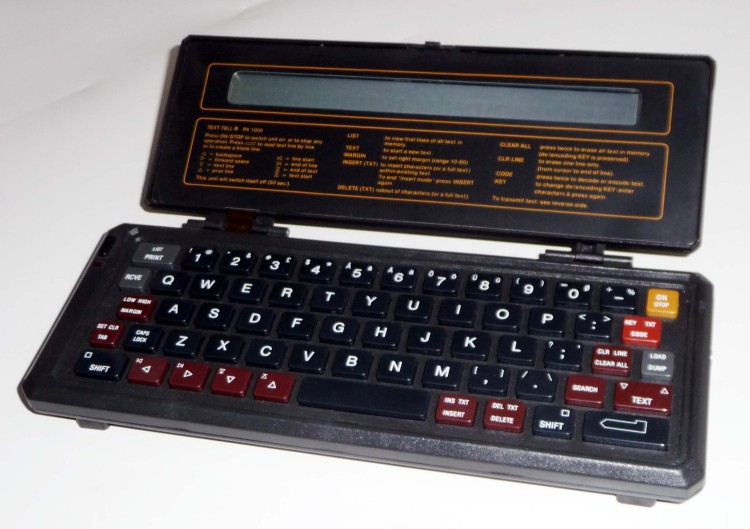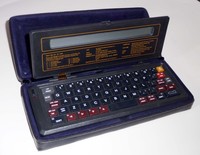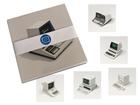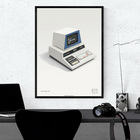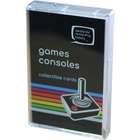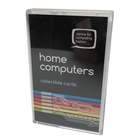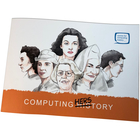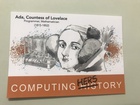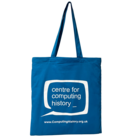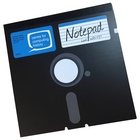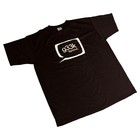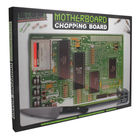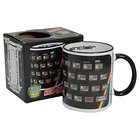Text Tell PX-1000
| Home > Browse Our Collection > Computers > Philips > Text Tell PX-1000 |
|
PX1000 was a small hand-held message terminal, that was used for creating and sending text messages over standard telephone lines, using a built-in acoustic coupler. The PX-1000 was introduced in 1985 by Text Lite in Ireland and was sold by Philips (Netherlands) and others. The standard version was a simple text terminal, that allowed messages to be entered, stored and transmitted over a standard telephone line. It had built-inDES-based encryption/decryption. It can be recognised from the red MODE-button. This version was developed in 1983. The initial Text Tell PX-1000 was developed by Text Lite Ltd. in Ireland in the early 1980s, probably in 1983. It allowed people to create simple text messages and send them by phone anywhere in the world. It had a built-in memory that could hold up to 7400 characters. The firmware inside the PX-1000 was written by West-Tec Ltd. in Ireland, who were probably also the hardware manufacturers. The initial version was introduced in late 1983 or early 1984. It contained a word processor and the ability to send and receive encrypted messages. The firmware of the 1983 model was contained in ROM whereas EEPROMs were used in later versions. The initial version was followed by a model where the encryption facilities were replaced by a calculator. Most of the later version carry 1984 firmware and were probably introduced in 1985. In The Netherlands, Text Tell equipment was sold exclusively by Philips as a re-badged product. The packaging and the terminal itself, carried both the Text Tell logo and the Philips logo. Technical specifications: Firmware: COPYRIGHT TEXT LITE 1983 (ROM). Text Lite Ltd. was founded in 1979 by Derek Blennerhassett and was based in Monkstown, a suburb of Dublin (Ireland). Initially they were involved in diverse areas, such as Audio-Visual and Electronic Display Systems. The majority of these systems were sold in Ireland, but their Text Tell PX-1000 series was sold overseas as well. In later years, Text Lite (now renamed to Text Tell Ltd) developed into specialists in the areas of Labelling, Safety and Identification, selling the products of two well known companies: Brother (Japan) and Brady (USA). Specifications: Header: Data: APPENDIX II - PX SERIAL DATA OUT FORMAT APPENDIX III The Coding / Decoding system used in the PX 1000. At the present time, and in the foreseeable future, it is not feasible to run a program -on any computer- that tests all these KEYS for clues to what the encrypted data might represent: all possible KEYS have to be tested one by one. This tedious process will prove to be an impossible (too lengthy and costly) job. That is why this method of encryption is We are very grateful to http://www.cryptomuseum.com/crypto/philips/px1000/index.htm where you will find further details. Our unit together has a model is a Text Tell PX 1000 with a serial number of 004731 40110. This is complete with the PXP 40 printer, soft cases and operating instructions and was kindly donated on behalf of Alan Christopher Craig. Date : 1983Manufacturer : Philips Physical Description : PX-1000 unit, Soft case for PX-1000, jack cable, PXP 40 printer unit, Soft case for printer, PX1000 Operating Instructions, Warranty Certificate, PXP 40 Printer Operating Instructions This exhibit has a reference ID of CH16481. Please quote this reference ID in any communication with the Centre for Computing History. |
|

